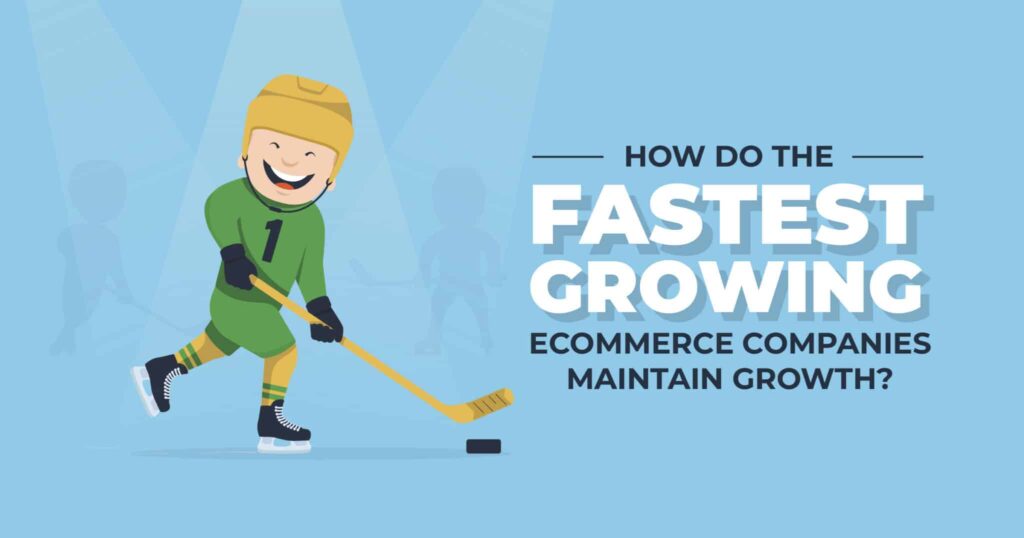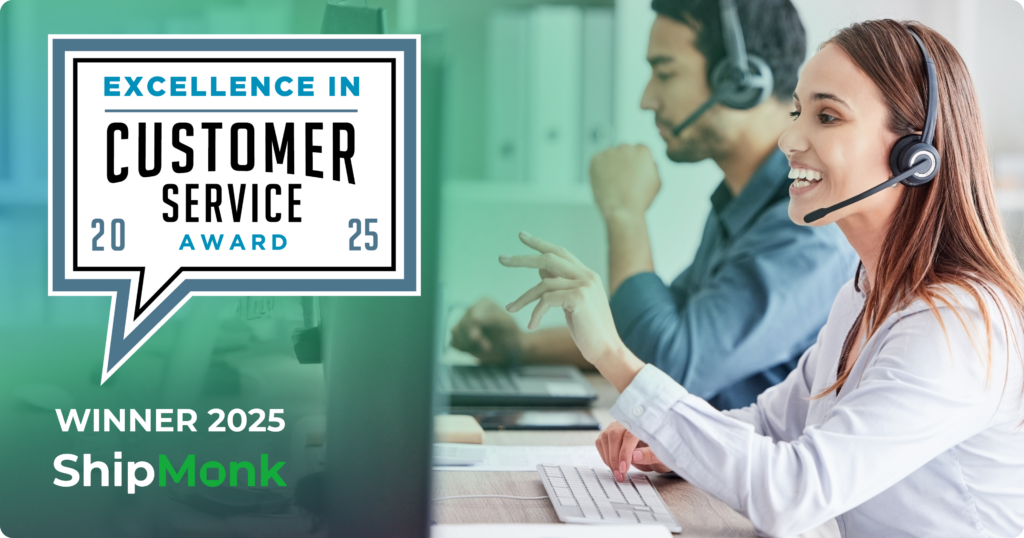“Skate to where the puck is going to be.” – Wayne Gretzky
When you start a direct-to-consumer business (DTC), you can gather market data and make some educated assumptions about your product, but until you start generating sales they’re all just best-guesses. As your business grows, data about your customers becomes more readily available and far more valuable. Finding out who your customers are and what they really want is critical to maintaining growth.
The eCommerce brands that make a sustained effort to understand their customers’ needs and stay ahead of them are not only better positioned for growth, they can head off a lot of problems before they negatively affect business. But how do you engage your customers to gain these valuable insights?
There are plenty of ways you can get to know your customers. Some methods may be better suited to your brand than others, but every brand should be employing one or more of these methods.
Method #1: Client Satisfaction Surveys
Build satisfaction surveys into your website and/or trigger emails to capture first, second, and third impressions from your customers. Pop-up surveys such as those from Survey Monkey, Google Forms, and Microsoft Forms can be programmed to appear as a customer is about to leave your website, or if they can’t seem to find what they’re looking for. Trigger emails set up through email marketing software like MailChimp or Constant Contact can be automated to arrive immediately after a visit, post purchase, and after an order is delivered.
You will not get a response from every (or even most) of your customers, but every response is valuable. Keep in mind that those who do respond usually fall toward one end of the spectrum – either very satisfied or very unhappy. Make sure your survey questions get to the “why.” Don’t just ask how satisfied they are, ask why they’re satisfied or why not.
Method #2: Web and Email Analytics
Take advantage of the analytics offered by your shopping cart, third party apps (Gorgias, Returnly, ShipStation), and marketing and email automation tools. You can track where customers land on your website, what they search for, where they go, and when they leave. Email software tools track open rates, click-throughs, and performance to give you an idea of what’s working and what isn’t. The main goal is to manage customer expectations with information when and where they need it.
Many online brands and retailers know these tools are available but make the mistake of not regularly viewing and analyzing the data. Put someone in charge of this task, and make sure they get the information to the stakeholders who need it.
Method #3: Quarterly Business Reviews (QBRs)
Conduct regular business reviews to analyze what’s selling and what isn’t, sales peaks and valleys, operational hiccups, and promotional successes and failures. Include key stakeholders in this process, such as the product development team, IT, sales, marketing, operations, fulfillment, customer service, and finance.
Method #4: Spend Time with Customers in Person
Reach out to your most (and least) satisfied customers through social media, email, or even a handwritten note. Those who are willing to share their experiences and feedback with you can be a well of valuable information.
Method #5: Be Your Own Customer
Make a point to shop on your website regularly to experience what your customers are experiencing, and enlist the help of your employees to do the same. Given how simple this research method is, it’s surprising how many business owners don’t do this. Make sure to set up a formal channel for relaying and prioritizing any issues you find when you do.
Method #6: Talk to Your Partners
The ecommerce world relies on connections, both technological integrations and the physical movement of products handled by your 3PL fulfillment provider. These ecommerce enablement partners work with hundreds of companies facing similar challenges. They can be a valuable source of information, particularly regarding online shopping trends and customer expectations. Plus, they’re always working on ways to improve their products and services. By collaborating with these partners you’ll gain insights into ways to become more customer-centric, and be the first to hear about new technologies and ways to improve your business.
Method #7: When You Identify a Need, Act on it from All Perspectives
Keep a punch list of problems or needs you’ve identified. Assign stakeholders from every area of the business, as well as external partners that will be affected by the change. Estimate the costs of each project, the time it will take to implement, and the impact it will have on your business for better or worse, short term and long term. You can use all of this information to prioritize projects and direct funds and efforts to the places where they’ll have the most value.
Method #8: Make the Adjustments Early
Allow enough time to put changes in place so that you’re not scheduling a web update or operations overhaul in the middle of peak shopping season or a big promotion. Inform your partners, especially your 3PL or fulfillment center, far in advance as well. Arm them with timelines and sales projections so they know what to expect and can plan for contingencies. Keep everyone informed of any changes along the way. Test, test, and test again before going live.
Method #9: Make it a Continuous Process, Not a One-and-Done
Once you’ve put these processes in place, keep them going. Customer needs, tastes, and expectations are constantly changing, as are the technologies that can improve the customer experience with your brand. You will never be “done” understanding your customers, or adapting your products and your web store to better meet their needs. It’s an ongoing journey.
In short, you can’t wait for your customers to tell you what they need. As Wayne Gretzky puts it, the best hockey players “Skate to where the puck is going to be.” If you are proactively seeking your customers’ input, asking the right questions, and making the right moves in response, you will always be one step ahead of the game.
Ready to Take Your eCommerce Business to New Heights?
Outsourcing your order fulfillment has never been so easy. ShipMonk integrates with your sales channels so you can “Stress Less, Grow More.” Unlock scalable growth today! To learn more about growing your eCommerce business, check out our two-part Guide to Growing and Scaling Your Business.





